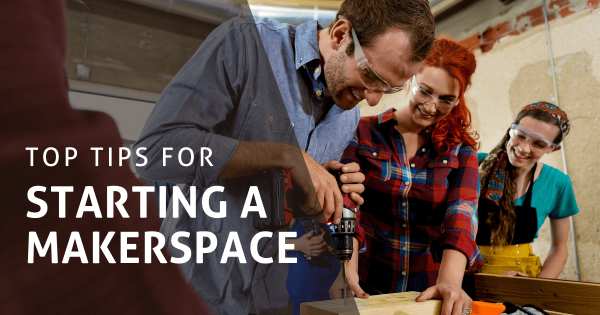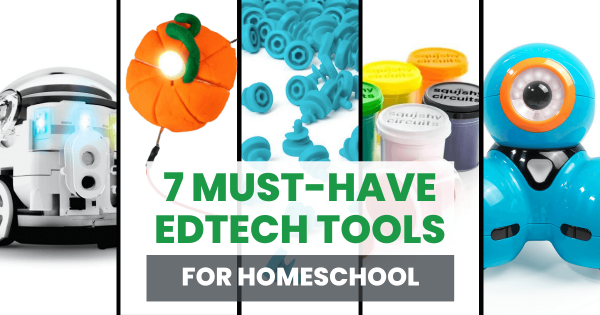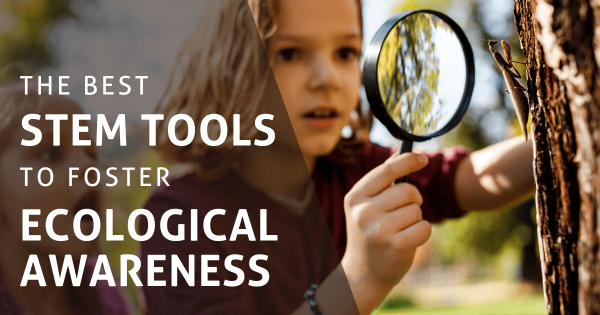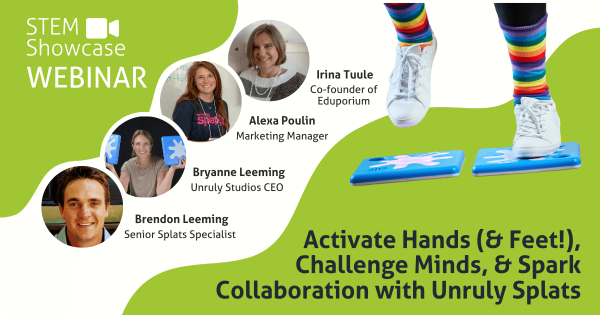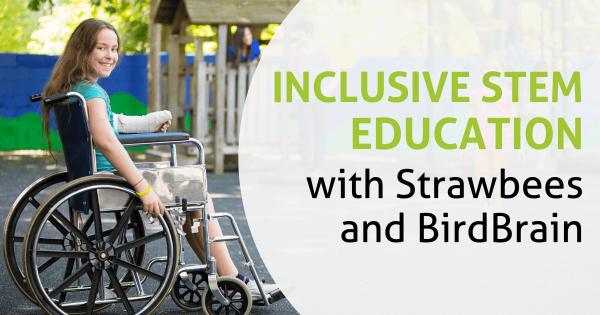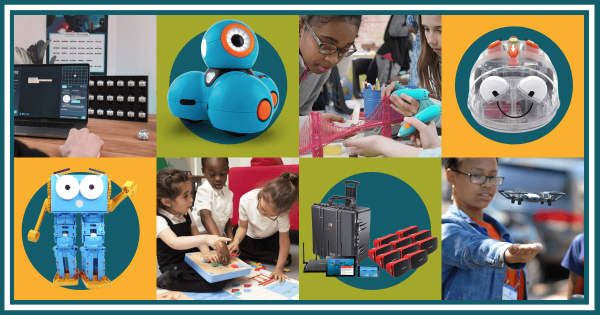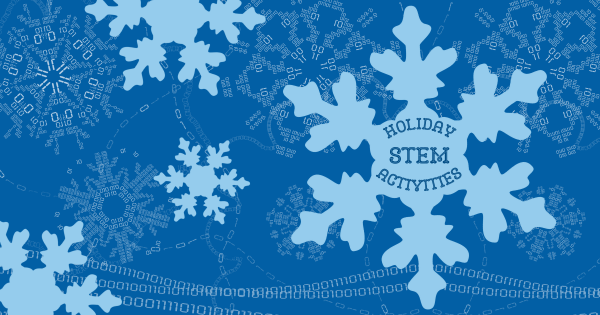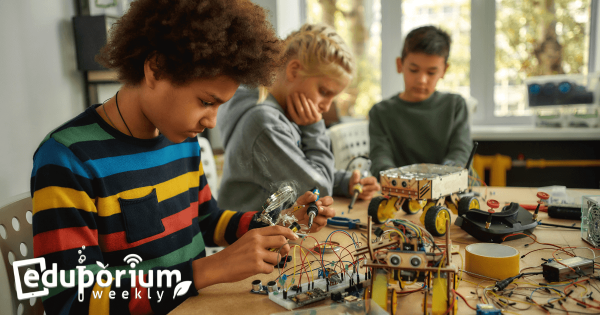One of the best things about school makerspaces is that so many different events can foster productive learning experiences. Since maker learning is so closely connected to 21st century development, MakerEd activities and exploration remain popular with both students and teachers. So, if you are looking to start a makerspace in your school, what are key things to know?
Search results for '3d printer'
-
7 Must-Have EdTech Tools For Homeschool
For homeschooling parents, EdTech may seem out of reach. Whether it’s too expensive or too complex, some of the most popular EdTech isn’t suited for homeschoolers. However, we’ve compiled a list of the best EdTech tools that work perfectly in a home classroom. These solutions are affordable and approachable, with curriculum that parents can easily integrate. -
The Best STEM Tools To Foster Ecological Awareness
Fostering environmental awareness in children could take many forms. We have identified some EdTech tools that truly help kids approach ecological learning from different perspectives. They can capture data from the world with robots, take their coding outside, use sustainable tools, and complete hands-on projects on renewable energy while expanding their eco literacy! -
Activate Head, Heart, Hands (& Feet!): Unruly Splats Webinar
Did you know students’ physical activity levels have fallen by 40% in the past 5 years? Whether you attribute this change to social media, lack of third spaces for kids to gather, safety reasons, or something else, it’s definitely a concern. So why not integrate activity into other learning? The next installment in our spring webinar series shows you how -
Inclusive STEM Education With Strawbees And BirdBrain
What obstacles might students face in STEM education? For students with physical and mental disabilities, not every school is an inclusive place. But Strawbees and BirdBrain joined forces to remedy this. In this lesson, kids use Strawbees tools and Hummingbird Bit to design accessible playground equipment—making inclusivity a priority while practicing STEM skills. -
Eduporium Weekly | The EdTech Purchase Process
The EdTech purchasing process should be enjoyable, informative, stress-free, and as affordable as possible. Our team specializes in helping make all of these things happen by offering a one-stop online STEM store, free consultation, and a hassle-free quoting process to make your purchases as smooth as we can by helping educators identify key focal points. -
Eduporium Weekly | Questions About AI In Education
The term artificial intelligence typically refers to the computer systems that are capable of efficiently completing tasks that should normally require the use of human intelligence. As educational leaders continue exploring some of the various avenues—popular or not—of bringing it into classrooms, the hope is that it extends educator efficiency and helps student achievement. -
STEM Curriculum For The K–12 Classroom
STEM learning experiences can be truly powerful and can help shape how children develop their 21st century skills. And, now, EdTech manufacturers regularly supplement their products with full curriculum resources that may include the lesson plans, activities, and more. Designed so all teachers can lead lessons more effectively, STEM curricula can really enhance learning. -
The Science Of The Season: Holiday STEM Activities
In these last few weeks before winter break, it’s easy to get distracted from learning. And we get it—everyone needs a break! In the meantime, though, we put together this list of festive projects from some of our favorite STEM tools. Kids can make a mold for a chocolate dreidel, have a robot snowball fight, or even craft custom snowflake -
Eduporium Weekly | Promoting Inventiveness In Education
Inventiveness, if you ask us, is something that goes hand in hand with 21st century problem solving and creativity, but, despite how it could potentially really help enable instructors to challenge student creativity, it is oftentimes overlooked. Luckily, inventiveness is key in STEM education and one of the key soft skills students can work on as soon as they enter



